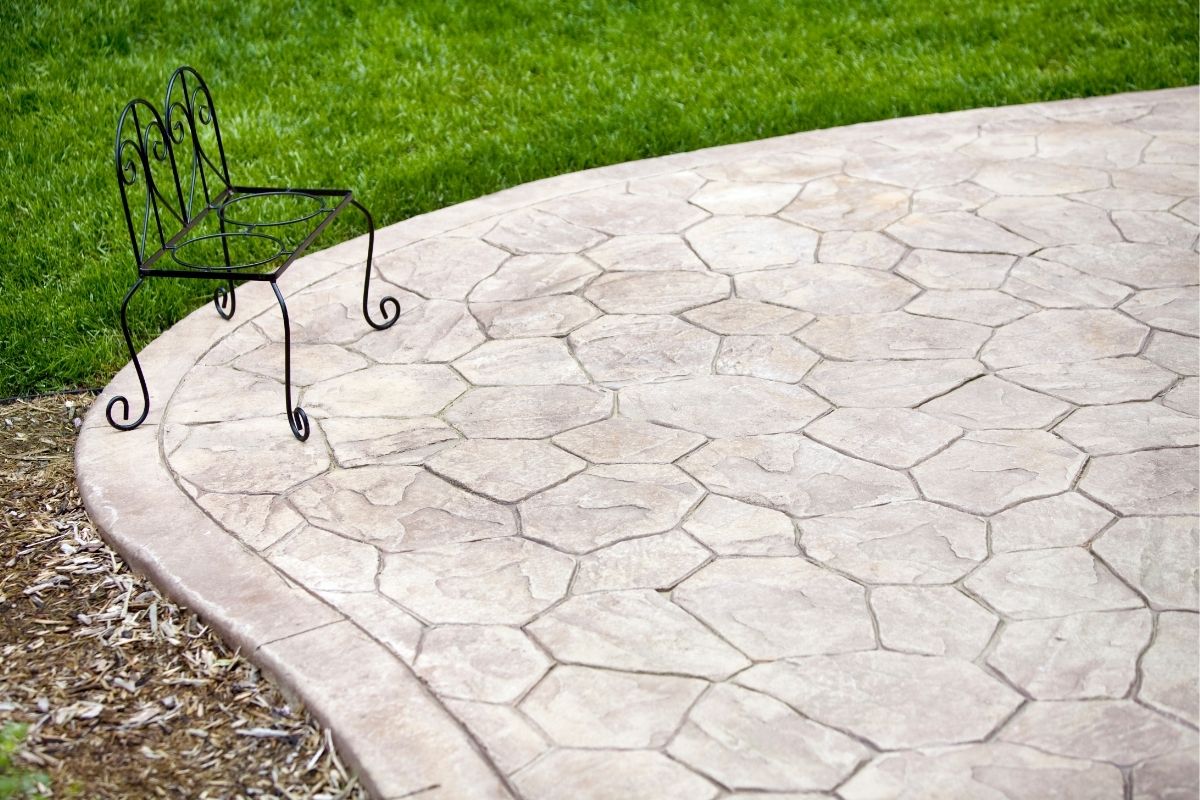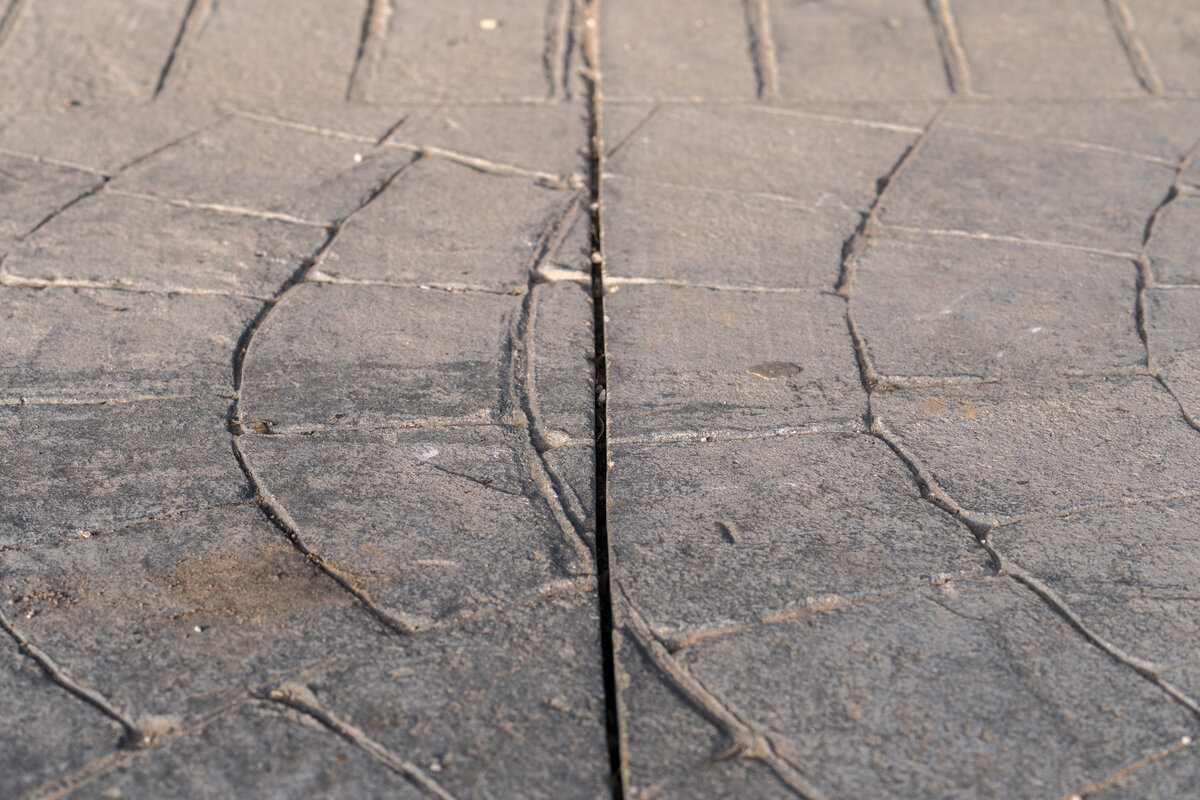You’ve invested in a brand-new concrete driveway, expecting it to be a long-lasting addition to your home. However, just a few weeks later, you notice cracks beginning to appear. What went wrong? Understanding the reasons behind concrete driveway cracking and knowing how to address it can save you a lot of stress and money. Let’s explore the causes and solutions for this common issue.
Types of Concrete Driveway Cracking
Concrete cracking can generally be categorized into three types: plastic shrinkage cracking, dry shrinkage cracking, and structural cracking. Each type has different causes and requires specific approaches for prevention and repair.
Plastic Shrinkage Cracking
Plastic shrinkage cracking occurs when the concrete is still in its plastic state, meaning before it has fully hardened. This type of cracking is primarily due to rapid evaporation of water from the concrete surface, which can be accelerated by environmental factors such as wind or high temperatures.
Causes
Rapid evaporation can cause the surface of the concrete to dry out quickly while the underlying layers remain wet. This differential drying leads to surface cracks. If the concrete mix is too dry, it is more prone to plastic shrinkage cracks.
Prevention Tips
To prevent plastic shrinkage cracking, contractors must control the rate of evaporation by using windbreaks to reduce wind velocity across the surface, applying evaporation retardants to slow down the rate of water loss, and ensuring proper mix proportions to avoid overly dry concrete.
Dry Shrinkage Cracking
Dry shrinkage cracking appears after the concrete has hardened. The contraction of the concrete typically causes these cracks as it loses moisture over time. Homeowners often find these cracks unsightly and concerning.
Causes
One of the primary reasons for dry shrinkage cracking is the improper placement or timing of control joints. Control joints are intentional weak points where cracks are supposed to form, guiding them away from unwanted areas. If control joints are installed too late or incorrectly, the concrete will crack on its own in unintended locations.
Prevention Tips
To avoid dry shrinkage cracks, it is essential that contractors install control joints promptly and correctly. Timing is critical, and joints should be placed as soon as the concrete can be worked without displacing aggregate. Following guidelines for the spacing and depth of control joints ensures they function effectively.
Structural Cracking
Structural cracking is the most severe type of concrete driveway cracking. These cracks indicate that the concrete was too weak to support the loads it was subjected to. Structural cracks can compromise the integrity of the driveway and typically require more extensive repairs.
Causes
If the concrete mix lacks the necessary strength, it won’t be able to withstand heavy loads, such as vehicles driving over it. Additionally, lack of proper reinforcement can lead to structural cracks.
Prevention Tips
To prevent structural cracking, ensure the concrete mix meets the required strength specifications for the intended use and use adequate reinforcement such as rebar or wire mesh to provide additional support.
Addressing and Repairing Concrete Driveway
Cracking Understanding the type of cracking is crucial for determining the appropriate repair method. Here’s a brief guide on how to address different types of cracks:
Plastic Shrinkage Cracks
These are mostly superficial and can often be repaired using a concrete patching compound. Applying a sealant can also help to protect the surface and prevent further cracking.
Dry Shrinkage Cracks
These cracks can be filled with flexible sealants that accommodate movement and prevent water infiltration. In some cases, resurfacing the concrete might be necessary if the cracks are extensive.
Structural Cracks
Unfortunately, structural cracks usually require more significant intervention. Often, the damaged section of the driveway needs to be removed and replaced with properly reinforced concrete. Consulting with a professional is advisable to ensure the repair is done correctly.
Conclusion

Concrete driveway cracking can be a frustrating issue for homeowners, but understanding the causes and knowing how to address them can mitigate many problems. By ensuring proper installation practices and timely maintenance, you can keep your driveway looking great and performing well for years to come. Always work with reputable contractors who understand the complexities of concrete work and can provide the quality service your home deserves. For expert advice and professional services, contact Richfield Concrete today.








